When we visited the Knitting and Stitching Show at Alexandra Palace earlier this year, where Rachel Parker was exhibiting, we were struck by the vibrancy and originality of her work. Her detailed textile art on paper is intricate and hypnotic.
Rachel is a recent graduate of Norwich University College of the Arts with a First Class Degree in Textiles, and has been awarded the Textile Study Group Graduate of the Year 2012 by the Textile Study Group.
In the first of a series of interviews with promising graduates, Rachel tells us about her training, as well as her aspirations for the future.
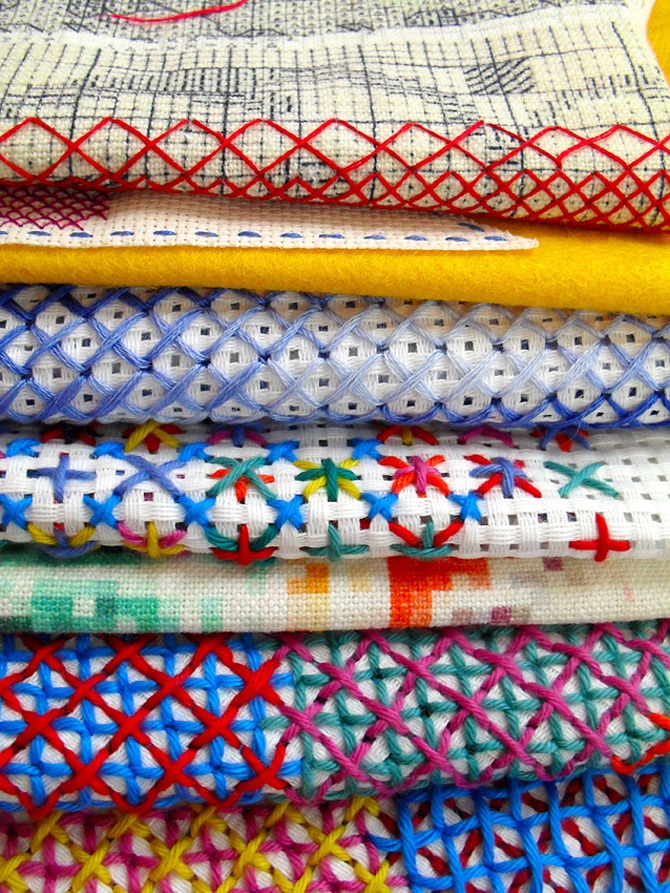
An experimental approach
TextileArtist.org: Tell us a bit about the course you’ve just graduated from.
Rachel Parker: I studied Textiles at Norwich University College of the Arts for three years. It was a really open course, where I was encouraged to try everything from weaving to printing. Unlike most courses, we didn’t have to specialise in one particular area, which I think is why I ended up combining stitch and printing processes. I really enjoyed the freedom of my degree; and Norwich was such a beautiful city to study in.
What were the most valuable lessons you learned whilst training?
I learned not to be worried about making mistakes – in fact, mistakes were often encouraged! I gained a more experimental approach to design, and my work is a lot richer for it. I also fell in love with drawing again. In a day-to-day life that’s dominated by computer screens, the simplicity of a pencil and a blank page is very refreshing.
During my degree I learned about the importance of working in a studio with other creative people around you, exchanging ideas, overcoming creative frustrations and seeing problems in a different way. NUCA is a very small university, which means that there’s a lot of interaction between different courses, resulting in collaboration and cross-overs. I think that my work has been influenced by graphics and digital technologies, as well as taking on a more contextual meaning.
How are things going since graduation?
I graduated in July and it’s been a bit of a whirlwind since then! At New Designers I was selected by the Embroiderer’s Guild to be part of their Graduate Showcase this Autumn, an opportunity to exhibit my work to thousands of people in London, Dublin and Harrogate. This was fantastic because it gave me a goal to work towards over the summer; I knew that I had to keep working and developing my collection, so it really focused my time. The show at Alexandra Palace was so much fun! I got some really positive feedback and left feeling full of inspiration and ideas for new work. Dublin and Harrogate are just around the corner, and I can’t wait to meet more textile enthusiasts and see all the new and exciting work at the shows.
Structures, codes and repetition
Whose work do you admire? Who influences you?
I love the work of Evelin Kasikov and her exploration of the CMYK print process through stitch. It’s graphics meets craft, with a truly beautiful outcome. I’m drawn to designers that use stitching in new and contemporary ways. Structures, codes and repetition also feature quite heavily in my work, which I think comes from my love for collecting. My dissertation was an exploration of the collecting drive and the order that people impose on objects, something that fascinates me and continues to inspire new work. Ettore Guatelli is a collector that I constantly refer back to, because of the beauty and sadness in the photographs of his collection. He spent his days dedicated to the simple task of collecting abandoned farm tools, remnants of a way of life that was quickly disappearing. Thousands of objects took over his home and became a museum dedicated to the common object. I admire the collectors’ passion and I’m fascinated by the way that a single object takes on a certain magnificence when multiplied. This is much the same with stitching, the slow gathering of small identical stitches collected together to eventually create something incredible.
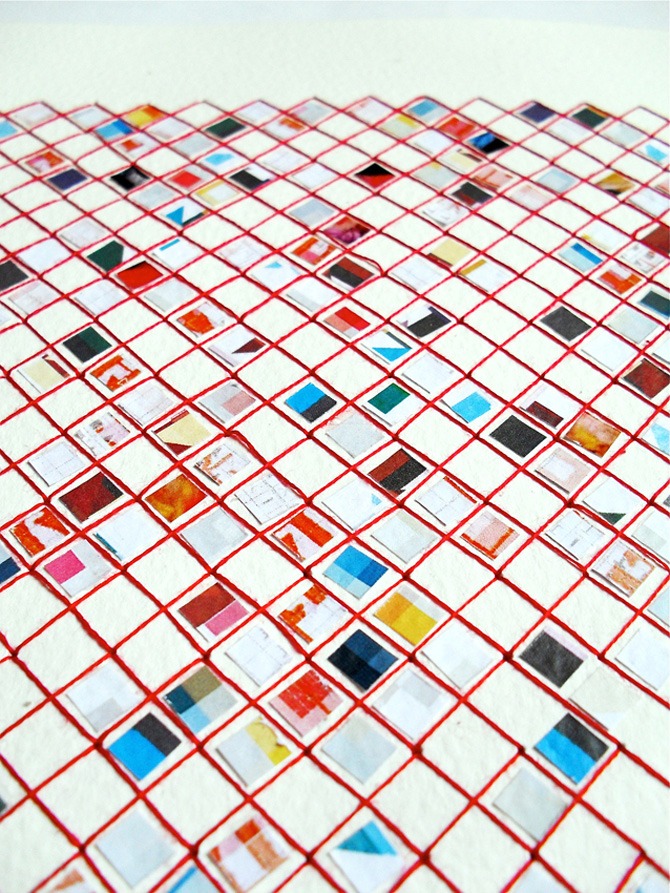
The tactile nature of fabric
What initially captured your imagination about textile art?
For me, it’s the history of textile art and the tradition that makes it so appealing. Working in cloth and thread is an investment of both time and meaning into the fabric. Textiles is all about physicality, real world materials that you can pick up and hold in your hands. The tactile nature of fabric, yarn and thread tells a story about the maker, and references all of the makers that have gone before them. I returned to cross-stitch because of the memory of learning to stitch as a child, which inspired my current collection of work. For me, a lot of memory is tied-up in the simple and repetitive process of forming a cross in thread.
What is your chosen medium and what are your techniques ?
I like to stitch onto paper, because of the control and precision that can be achieved. My designs are very geometric, with references to grids, symbols and patterns, so by creating my own holes to stitch through I can create very precise designs. Each design is first drawn by hand to create a template, and then the holes are individually punched before the stitching can start. Working by hand is a very rewarding process, but it’s also very time-consuming. In order to push my work that bit further, I scan these finished pieces and create a digital fabric collection inspired by stitches and structures. By combining the handmade with digital technology, I am able to create a more commercial body of work that has it’s roots in craft and tradition. There is something very beautiful about textile art on paper.
Digital Craft
How would you describe your work and where do you think it fits within the sphere of contemporary art?
‘Digital Craft’ is a phrase that has been used to describe my work. I’m in love with the process of embroidery but I also think it’s important to embrace new ways of working; working on Adobe Photoshop.
var uri = ‘https://impgb.tradedoubler.com/imp?type(inv)g(22851160)a(2813327)’ + new String (Math.random()).substring (2, 11);
document.write(‘‘);
Digital print technology allows me to create work that’s more commercially viable. I’m eager to promote embroidery as a relevant and contemporary practice. The recent craft revival has been fantastic, and has seen processes like knitting back on the contemporary art radar. There are many textile artists working in stitch in new and exciting ways, and I’d like to think that I’m a part of that.
Tell us a bit about your process and what environment you like to work in?
My work is split between drawing, hand-stitching and working digitally, which means I get a lot of variety in my day. It’s the hand stitching that I get the most enjoyment from; I couldn’t bear to be sat in front of a computer all day! I try to get emails and admin out of the way in the morning, although this does often tend to spill over into the rest of the day. I enjoy the independence of working at home, listening to the radio and working on different projects; however after three years of being surrounded by other creative people, I find I do really miss the buzz of working in a studio. I’m on the hunt for a studio space that I can dedicate solely to my practice, because working out of the spare room is quickly losing its charm!
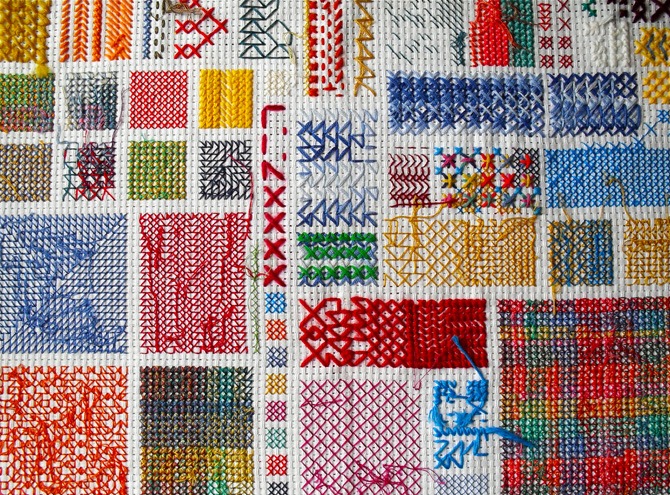
Exploring scale
Tell us about a piece of work you have fond memories of and why?
I have a sampler piece that I’m very fond of. It’s a collection of stitch experiments on binca, the chunky fabric that children learn to stitch on. It’s worked in different threads and explores scale and colour ideas, mapping my journey and thought process. It’s also hemmed very wonkily and looks a bit tired, mainly because I stitched most of it on the train at night traveling between Norwich and my home town, Kettering. When I look back at it now, I can remember the train journey where I stitched a particular square; the rain outside, the person I sat next to, the weekend that I’d just enjoyed. Stitching provides a quiet moment to stop and reflect, and sometimes the memories get caught up in the threads.
How has your work developed over the course of your training?
I’m not sure if my work has developed, but my confidence definitely has. Being at university you’re taught to justify your ideas and yourself. I’m passionate about what I’m doing, and full of ideas about where it could take me. I’m clearer now about what it is that’s important to me and what I want to achieve.
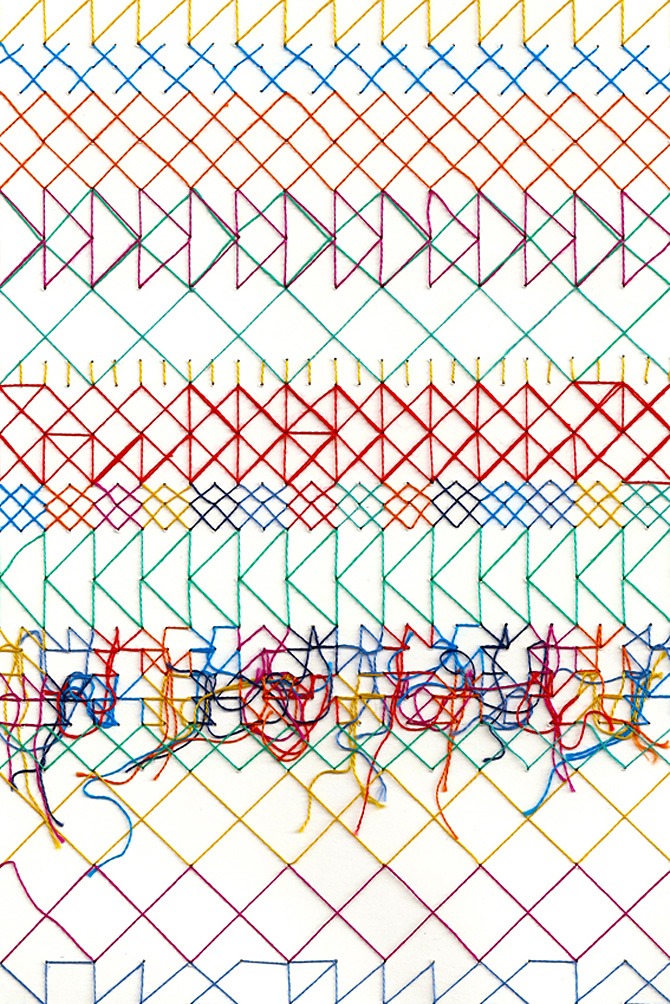
Exhibitions
How do you plan on promoting your work?
Right now I’m continuing to develop my portfolio and figuring out the best way for people to access and buy my work. Exhibiting at the Knitting & Stitching Show has been a fantastic opportunity to build a contact base of people that enjoy what I’m doing, and it’s also been great to meet other new designers with similar passions. I’d like to part of a collective of artists that would give me the opportunity to continue to participate in similar exhibitions in the future.
What have you got planned in the near future?
I’m very lucky to have two designs on sale in Liberty next year as furnishing fabric, which is a fantastic start to my career! I also won a work placement at Zoffany thanks to a wallpaper competition that I entered run by CAMAC Design Ltd, so I’m very excited to be spending a few weeks in their design studio in the new year. And I was selected as the Textile Study Group Graduate of the Year, which means that I have a week at their residential summer school in 2013 to look forward to – so, lots of exciting things ahead. In the meantime I’m concentrating on finding that ideal studio space and working on developing my collection of print designs. I’ve also got a pile of new embroidery threads that I can’t wait to dive into.
To get in touch with Rachel and for more information please visit: www.rachelparkerdesigns.co.uk
Let us know us know if you’ve enjoyed this interview by leaving a comment below.
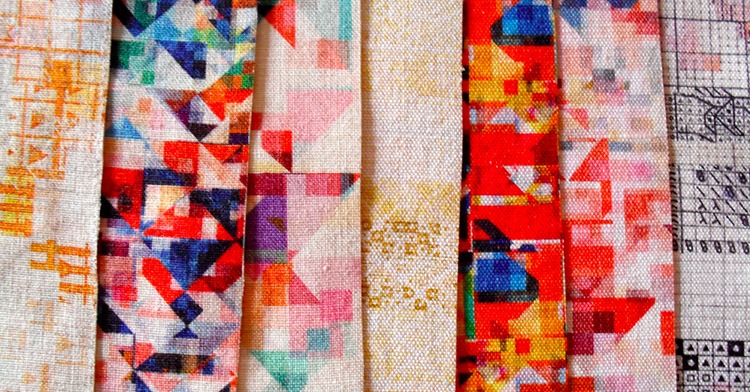

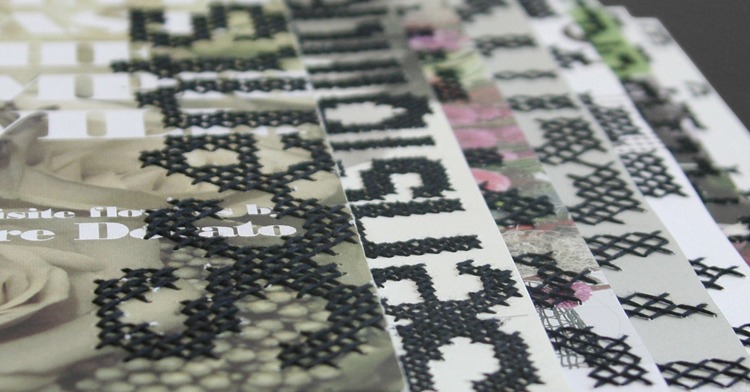
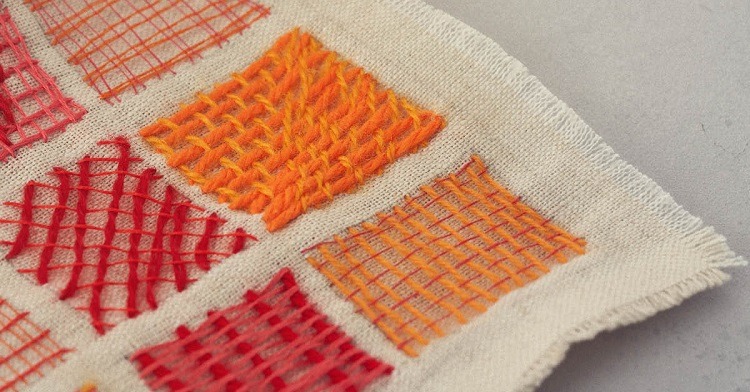
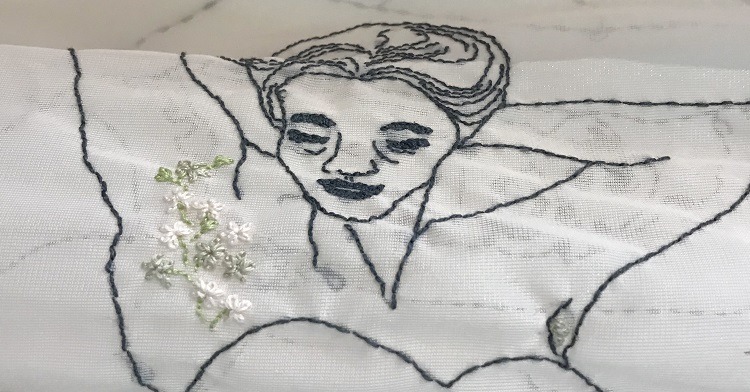
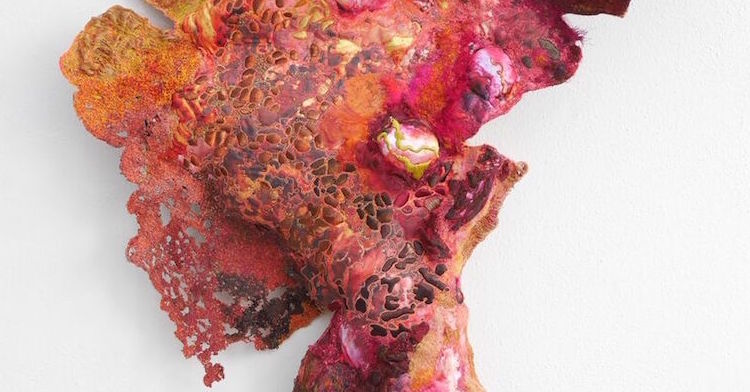
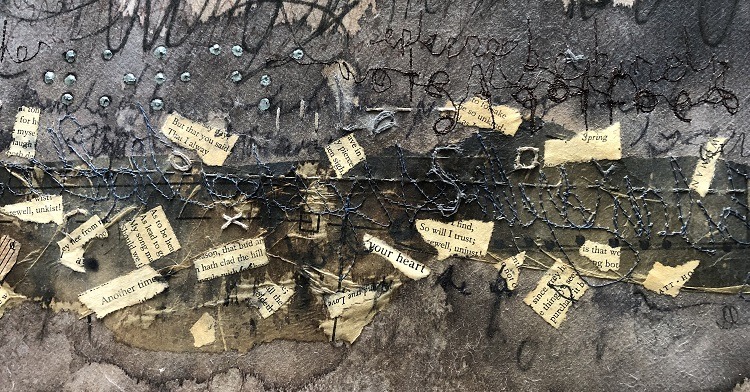
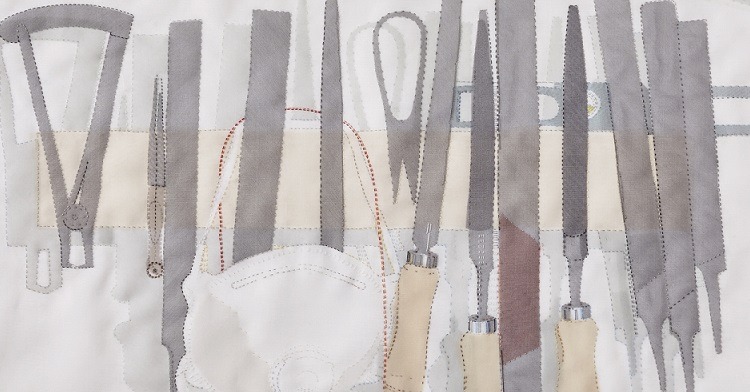
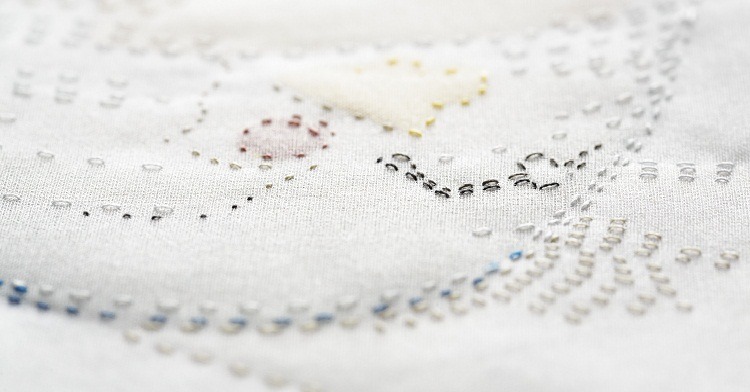
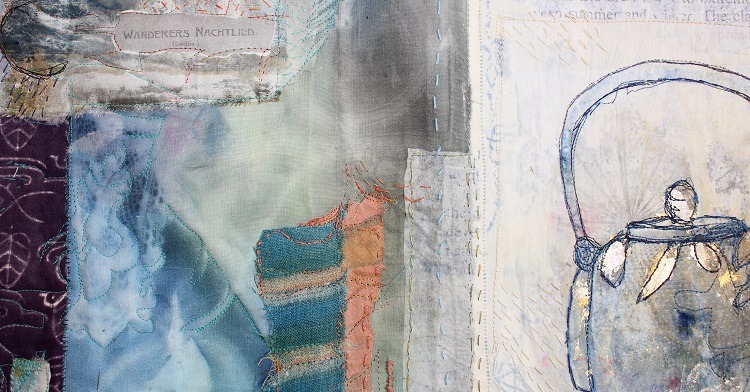
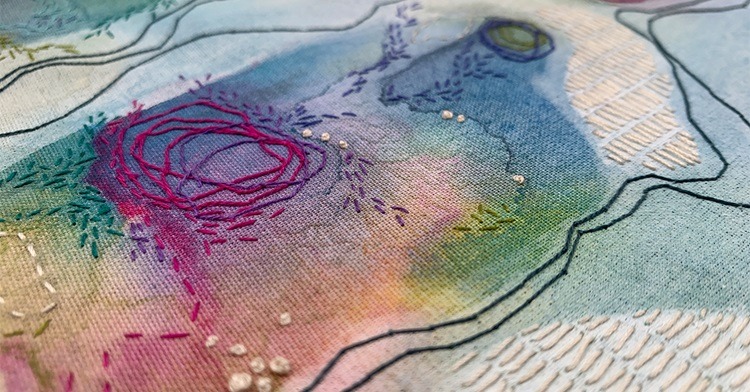
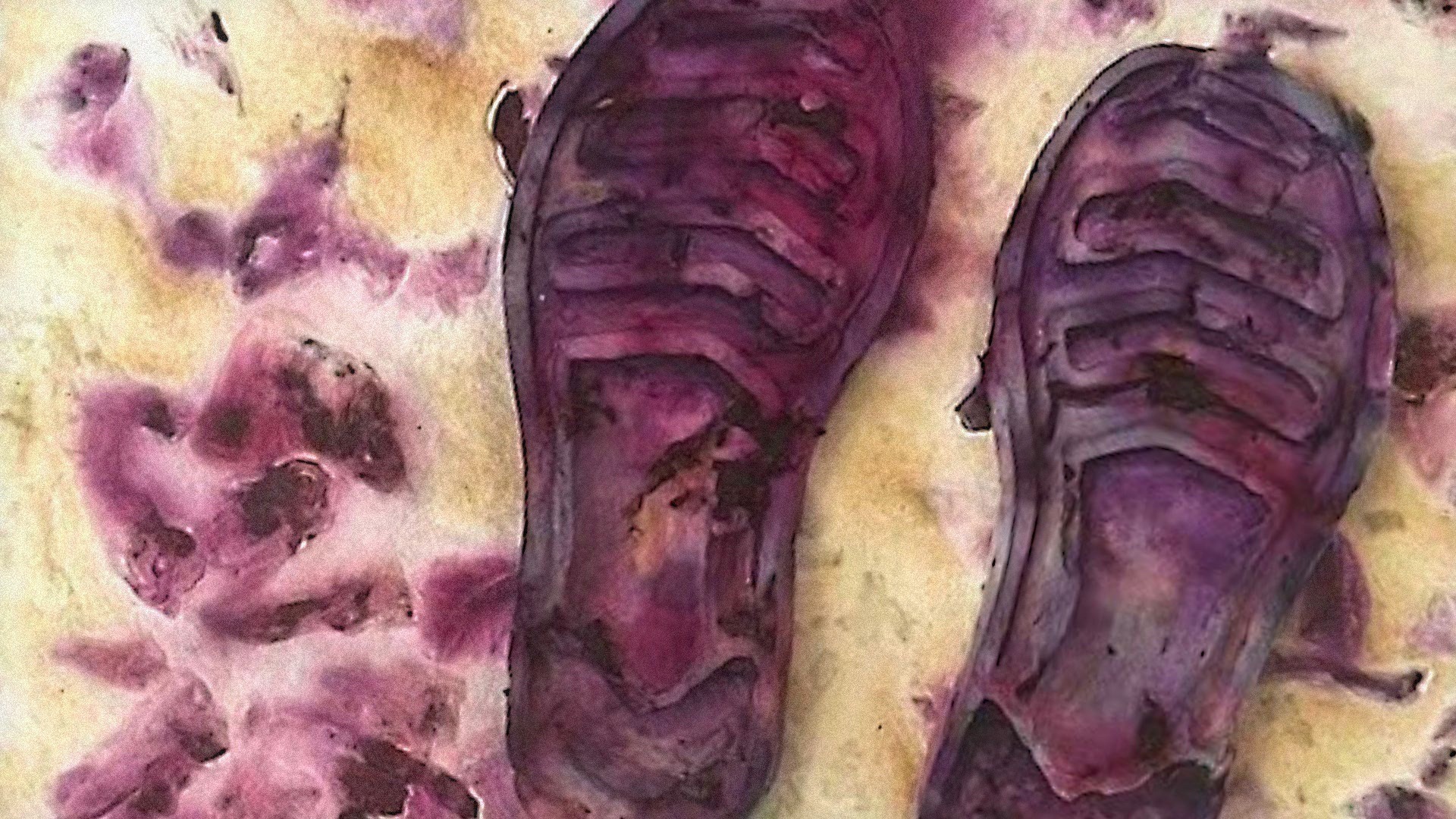
Comments